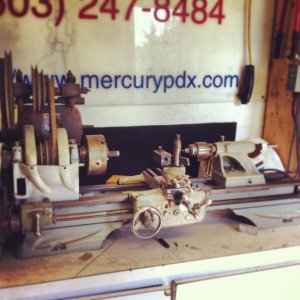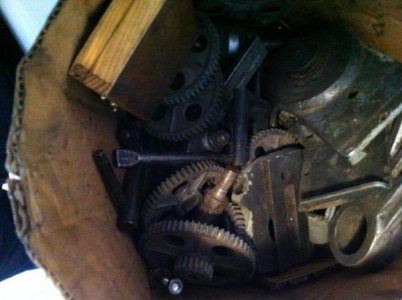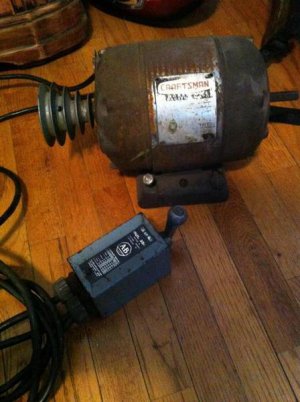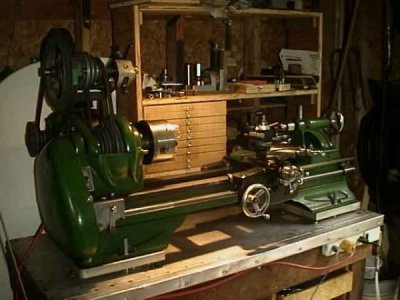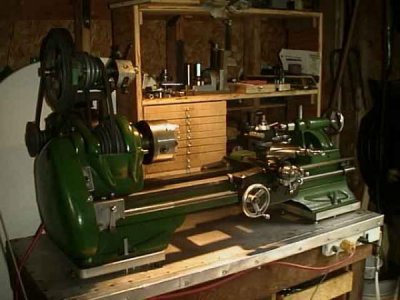Jake,
It isn't necessary to use Reply With Quote when the post you are replying to is right before yours. Please use Reply to Thread, instead.
One thing that Atlas (unlike GM) was never guilty of was assigning new part numbers to otherwise identical parts just because they were going to be used on a different or newer or more expensive model. The first Atlas lathe was a 9". All of the custom (as opposed to common hardware) parts had part numbers with a "9" prefix, a hyphen, and a sequence or suffix number beginning at "1". When they built the first 10", they used a lot of "9" parts, all of which remained 9-nn. New parts began with "10" but if the equivalent but not identical part had existed in the 9", the suffix number remained the same. For example, suffix "-31" is the main spindle in all of the lathes and even in the Atlas mill. 10-nn parts were used in 10A, B and C. If a part was revised in some manner during production, it got an "A" suffix (then "B", then "C", etc.). Some or maybe most most "ABC" suffix parts are backwards compatible. Then there was the 10D, and finally the 10F lathes (10E was a Unit Plan machine based on the 10D). If you look at the parts list of the 10F, you will find a mix of all of the prefixes, "9-" through "10F-". For some reason, when they came out with the 6" (612 and 618), the prefix used was "M6" instead of just "6". And for the 12" that they started building for Sears, instead of "12", they used "L1", "L2", and so on prefix for the new parts. Although the suffix rule was still followed. No one knows why. But there were many 9 through 10F parts used, too.
But as I wrote earlier, all the way through to the final production in 1981 if a part first used on an earlier model was used, it still had its original part number.
The part number rule for accessories was different, but I won't go into that here.
On the serial number question, most examples all the way up through 1957 have the serial number stamped on the bed. But every once in a while, an example turns up that doesn't. We don't know whether for brief periods they stopped doing it or whether these are all examples of replacement beds ordered as a repair part. If I had to flip a coin, I'd probably go with the latter case. But there's no proof either way.
Robert D.
Robert D
